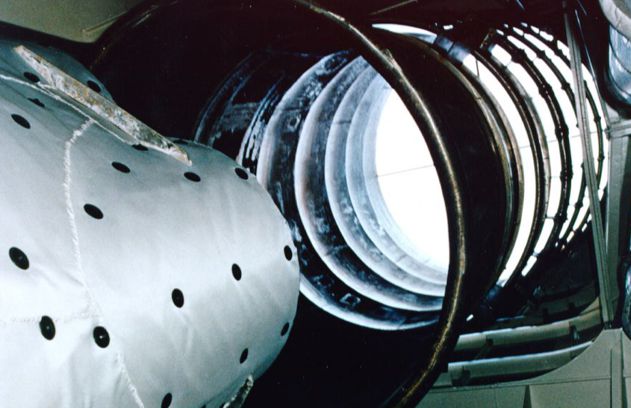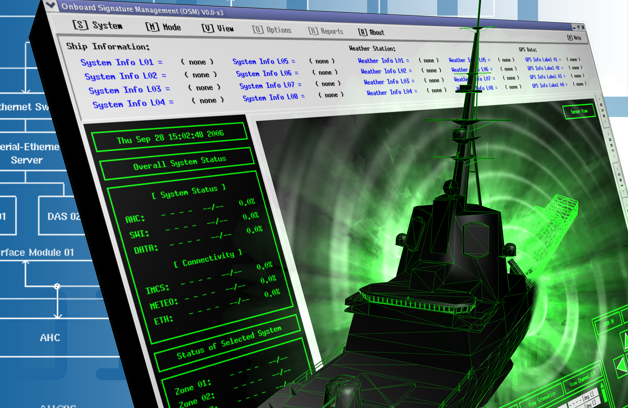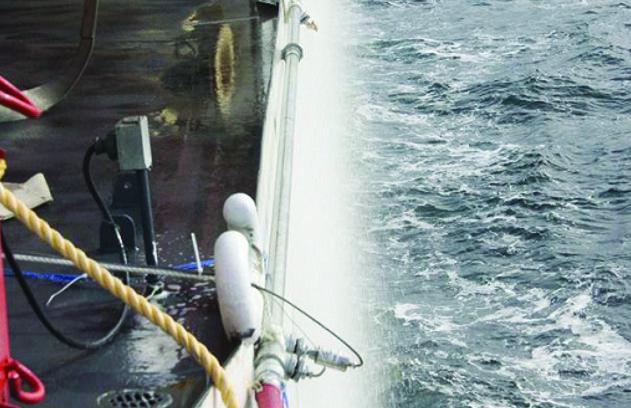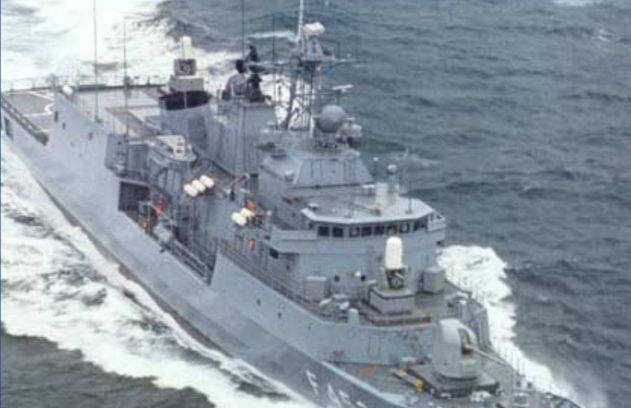Naval IRSS
IR self-protection is essential to the survivability of modern warships. Ship IR signature reduction decreases the range at which IR seekers lock on to the ship, making a missile hit less probable and providing the crew with more time to launch decoys.
The IR signature of a ship originates from both internal and external sources. Internal sources include the hot engine uptake metal and exhaust, and heated interior compartments. External sources include skin heating, reflections, and contrast with the background. Internal and external sources must be addressed in a balanced manner during the design of the ship.
Following the guideline that internal and external sources of IR signature should be addressed in a balanced manner, DAVIS has grouped exhaust suppression and skin cooling technologies into four levels: Level I corresponds to no suppression; Level II to exhaust metal cooling and NBC wash; Level III to metal and plume cooling and full wash; and Level IV to metal and advanced plume cooling and active wash.
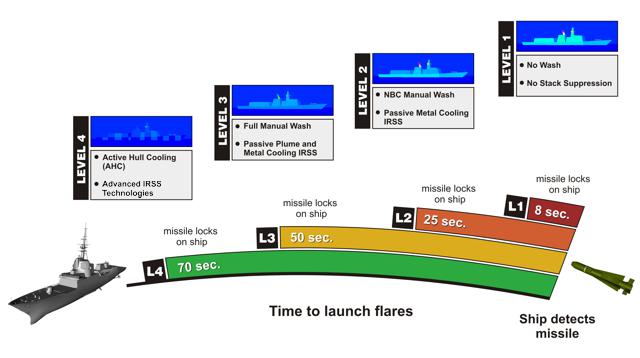
The single greatest source of IR energy emitting from a ship is the hot exhaust uptakes from the gas turbine and/or diesel engines where they exit the ship. Davis employs film cooling technology in an entraining diffuser to cool the uptake metal close to ambient temperature.
Hot exhaust plumes from gas turbine engines are another source of IR emissions. An eductor/diffuser typically draws in 100% additional air to mix with the hot exhaust, dramatically reducing the temperature of the exhaust plume. A DRES ball is a variation of the eductor/diffuser concept to include a cooled optical block to reduce the IR signature at high angles above the ship. More advanced ejectors or the addition of equipment to inject seawater into the hot exhaust can further cool the exhaust gases.
Active hull cooling (AHC) technology reduces the IR signature of a ship by using an onboard system of water spray nozzles to coat the hull and superstructure with cooling seawater. The AHC is controlled by the Onboard Signature Manager (OSM) that directs the cooling spray onto heated ship surfaces.

